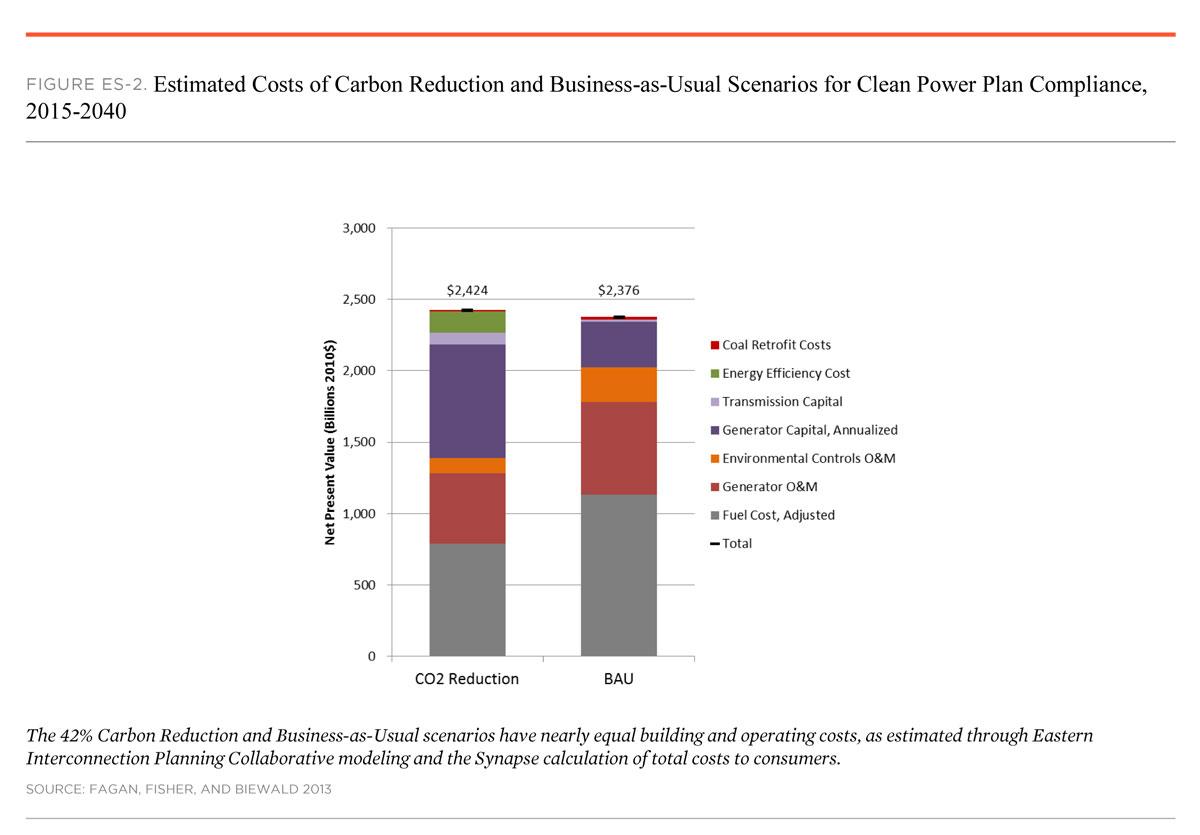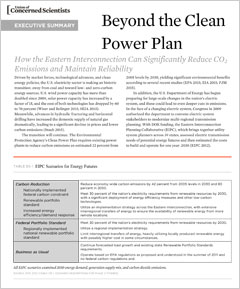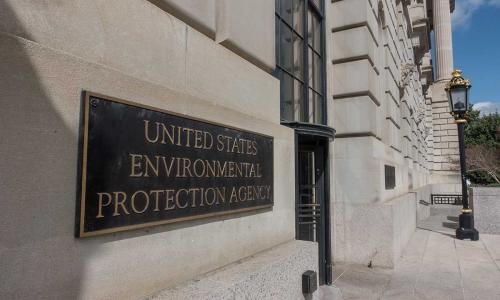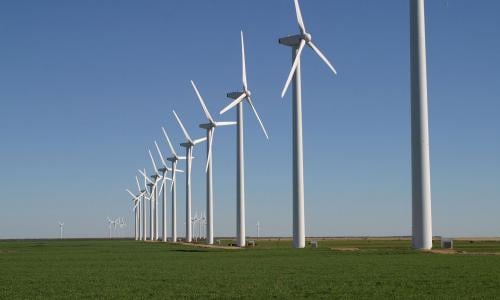This analysis explores the costs associated with future scenarios for the electricity system across the eastern and midwestern U.S., which supplies electricity to 39 states from the Rockies to the Atlantic Ocean.
The study finds that the cumulative costs, including transmission, are essentially the same for both a business-as-usual scenario and a scenario that cuts CO2 emissions from power plants by 42 percent and achieves 30 percent renewable energy by 2030.
The Clean Power Plan
The Environmental Protection Agency's Clean Power Plan requires existing power plants to reduce carbon emissions an estimated 32 percent from 2005 levels by 2030.
The carbon-reduction scenario included in this analysis exceeds the Clean Power Plan goals—for the same cost as continuing on a business-as-usual pathway.
As states seek to develop compliance plans for the Clean Power Plan, this open, transparent, multi-state analysis illustrates the potential for cost-effective pathways to achieve significant carbon reductions.

A note about the data: Representatives from 39 states and 26 utilities created the baseline numbers for this study by consensus in 2011. Since then, today's natural gas prices are down 35 percent, solar costs are down 50 percent, and wind costs are down 40 percent.






